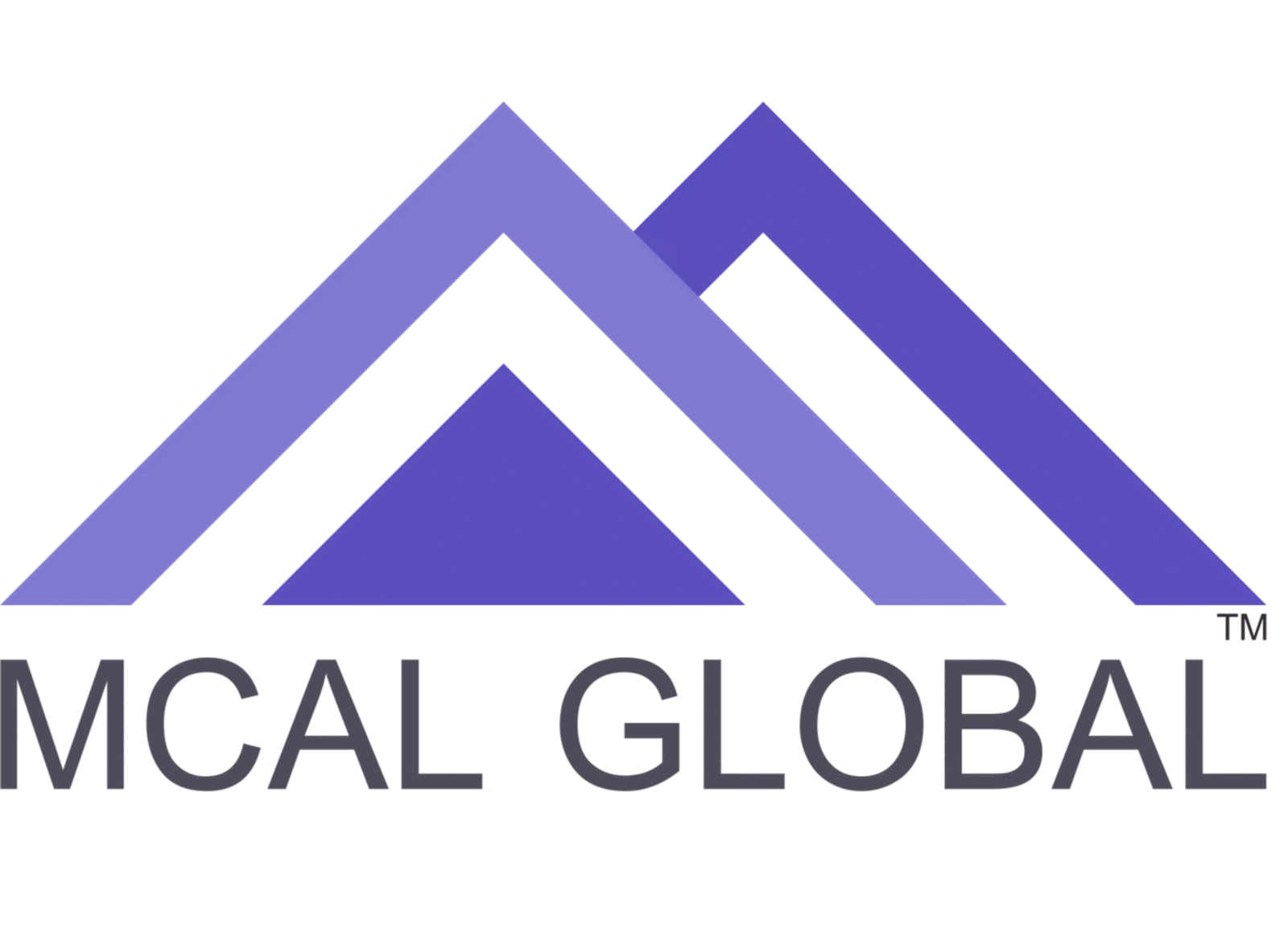In today’s competitive business environment, organizations strive for success and sustainable growth. Critical Success Factors (CSFs) Analysis offers a valuable framework for identifying and prioritizing key factors that contribute to achieving strategic objectives. This article provides a detailed guide to CSFs Analysis, including its definition, process, examples, and related tools and organizations that support its implementation.I. Understanding Critical Success Factors (CSFs):Critical Success Factors (CSFs) are the key areas or factors that are critical to the success of an organization in achieving its strategic objectives. CSFs represent the few vital areas where the organization must excel to outperform competitors and achieve sustainable success. CSFs are unique to each organization and vary based on industry, market dynamics, and strategic goals.II. The Process of Critical Success Factors (CSFs) Analysis:The process of CSFs Analysis typically involves the following steps:
- Identify Strategic Objectives: Identify and define the strategic objectives that the organization aims to achieve. These objectives should align with the organization’s mission, vision, and long-term goals.
- Brainstorm Potential Factors: Conduct brainstorming sessions or workshops with key stakeholders to identify potential critical success factors. These factors should be specific, measurable, aligned with strategic objectives, and have a significant impact on the organization’s success.
- Prioritize CSFs: Evaluate and prioritize the identified factors based on their importance and impact on achieving strategic objectives. Consider factors such as market trends, competitive landscape, internal capabilities, and customer demands. Use techniques like voting or ranking to prioritize the CSFs.
- Define Key Performance Indicators (KPIs): For each identified CSF, define Key Performance Indicators (KPIs) to measure progress and success. KPIs should be specific, measurable, aligned with the CSF, and capable of providing actionable insights.
- Monitor and Review: Continuously monitor and review the identified CSFs and associated KPIs. Track progress, analyze performance, and make adjustments as needed. Regularly review the CSFs to ensure their alignment with changing market conditions and strategic priorities.
III. Examples of Critical Success Factors (CSFs):Example 1: Customer Satisfaction CSF: Achieving high levels of customer satisfaction KPIs: Net Promoter Score (NPS), Customer Satisfaction Index (CSI), Customer Retention Rate Example: Implementing customer-centric initiatives, improving service quality, enhancing the customer experience.Example 2: Operational Efficiency CSF: Streamlining operational processes and reducing costs KPIs: Cycle Time, Cost per Unit, Resource Utilization Example: Implementing lean methodologies, optimizing supply chain, automating repetitive tasks.IV. Related Tools and Organizations:
- Balanced Scorecard (BSC): The Balanced Scorecard is a strategic performance management framework that helps organizations align their activities with strategic objectives. It provides a holistic view of performance by considering financial, customer, internal process, and learning and growth perspectives. Website: https://www.balancedscorecard.org/
- Key Performance Indicator (KPI) Library: KPI Library is an online platform that provides a collection of pre-defined KPIs across various industries and functions. It offers a resource for organizations to find relevant KPIs for measuring critical success factors. Website: https://kpilibrary.com/
- Association for Strategic Planning (ASP): ASP is a professional association dedicated to advancing the practice of strategic planning. It offers resources, certifications, and networking opportunities for professionals involved in strategic planning and CSFs Analysis. Website: https://strategyassociation.org/
- Strategy Execution: Strategy Execution is a consulting and training firm that specializes in helping organizations implement and execute their strategic initiatives. Their website provides resources, case studies, and tools related to CSFs Analysis and strategic execution. Website: https://www.strategyex.com/
Conclusion:Critical Success Factors (CSFs) Analysis provides organizations with a strategic framework to identify and prioritize the key factors that contribute to their success. By understanding and focusing on these critical areas, organizations can align their efforts and resources to achieve their strategic objectives. Through the defined process of CSFs Analysis, organizations can monitor performance, track progress, and make informed decisions to stay competitive and drive sustainable growth.References:
- Balanced Scorecard Institute. (2022). Balanced Scorecard Basics. Retrieved from https://www.balancedscorecard.org/
- KPI Library. (2022). KPI Library. Retrieved from https://kpilibrary.com/
- Association for Strategic Planning (ASP). (2022). Association for Strategic Planning. Retrieved from https://strategyassociation.org/
- Strategy Execution. (2022). Strategy Execution. Retrieved from https://www.strategyex.com/
For better understanding join MCAL Global’sMaster Business Analysis Training – MBATâ€. MBAT is the flagship business analyst course. MCAL Global has trained more than 2000 professionals on the business analysis processes, concepts, tools, techniques, best practices, business analyst certification, and software tools via this program.
Through active feedback collected from individuals & corporates, MCAL Global has perfected this business analyst course via numerous updates and revisions to deliver the best possible results for individuals or corporates.MCAL Global conducts a classroom for this business analyst course in Pune and Mumbai, else you can join our live online business analyst course from anywhere.
MCAL Global has trained professionals from the United States, UAE – Dubai, Australia, United Kingdom, and all major cities from India through our live instructor online business analyst courses. You can send your interest by visiting our contact us page.


